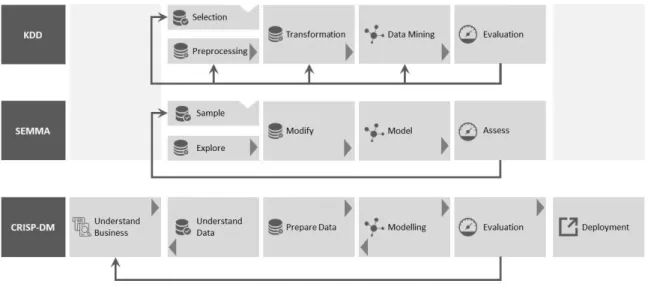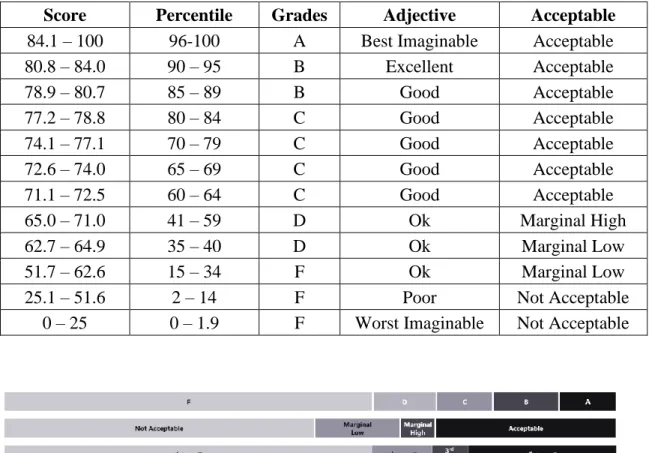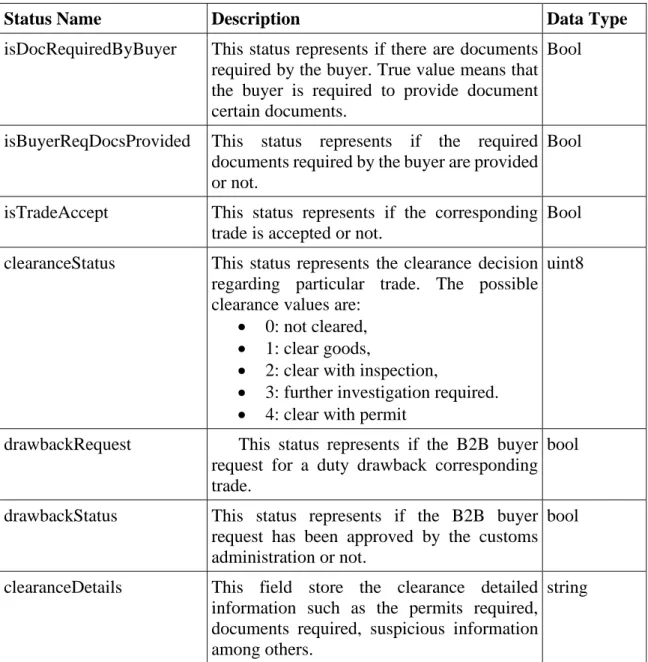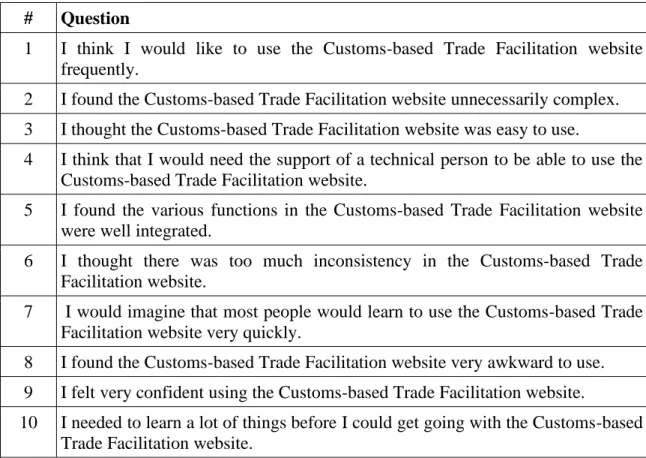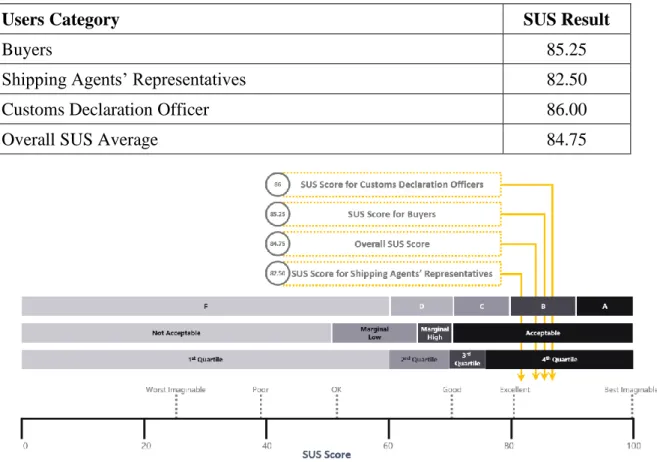The author has also granted permission to the University to retain or make a digital copy for similar use and for the purpose of digitally preserving the work. Khaled Shaalan for his constant support throughout my PhD journey and related research, for his patience, motivation and tremendous knowledge.
Chapter 1: Introduction
- Background
- Trade Supply Chain Process
- Ecommerce and Customs Declaration Process
- Statement of the Problem
- Research Rationale
- Purpose and Objectives
- Research Questions
- Focus and Key Contributions
- Build Customs Enabled Blockchain-Based Framework to Enhance
- Develop a Clustering Technique to Determine Value Manipulation in
- Conclusion
Recipients of this job will see multiple values based on where they are in the commercial supply chain. Commerce supply chain practitioners see great potential in adopting blockchain technology to remedy the aforementioned challenges.
Chapter 2: Background and Literature Review
Blockchain Overview
In the public blockchain, the identity of the participants is anonymous (unknown) and anyone can join the network. This reduces the importance of the consensus mechanism because the participating entities have an established level of trust.
Blockchain-Based Applications
- Blockchain for Performance Improvement
- Blockchain for Trade Improvement
Each participant can play the role of verifier to validate the transaction on the blockchain. Initialization is performed using the registered manufacturer's public-private keys.
Outlier Detection Approaches
Consequently, the proposed algorithms use the entire city map to rank the bus stops based on their location. This algorithm uses pruning method to determine the outlier factor value for a given point based on predetermined threshold value.
Discussion
In particular, the application of blockchain is growing in the field of global trade supply chain. By adopting Blockchain technology in the global trade supply chain, it enables new levels of trust, transparency and accountability to revolutionize and.
Conclusion
Lu and Xu (2017) presented chain of origin, which can be seen as a platform to ensure the traceability of the trade process. The use of the blockchain technology will ensure the integrity of the exchanged information between the e-commerce parties. So, this framework allows the shipping agent or the buyer to trigger the automatic generation of the customs declaration once the shipment leaves the exporter's counter.
The context of the data (application scenario) can further help determine the actual level of agreement between the points. Therefore, this thesis presents a hybrid approach that takes all mentioned points into account.
Chapter 3: Research Methodology
- Research Approach
- The Software Development Lifecycle (SDLC)
- The Cross Industry Standard Process for Data Mining (CRISP-DM) . 48
- Data Analysis
- System Usability
- Algorithm Performance Evaluation
- Trustworthiness
- Scope of the Current Study
- Role of the Researcher
- Ethical Considerations
- Conclusion
Accuracy and precision measures are used to evaluate the performance of the proposed clustering algorithms. While the accuracy metric for CRISP-DM is mainly used to evaluate the performance of the proposed clustering algorithms. According to ISO 9241– 11 (Bevan & Carter 2016, p. 269), usability is defined as “the extent to which a system, product or service can be used by specified users to achieve specified goals with effectiveness, efficiency and satisfaction in a specified usage context”.
Accuracy measurement is used to evaluate the performance of the proposed data mining algorithms addressing the third and fourth questions. Therefore, the researcher gave an overview of the proposed solution to the participants, followed by interactive discussions.
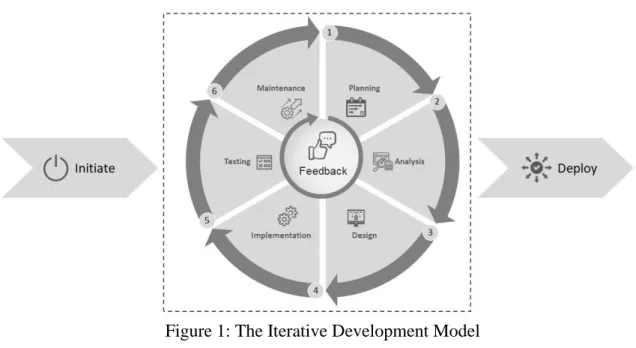
Chapter 4: Trade Facilitation Framework for Ecommerce Platforms using
Customs-Based Ecommerce Framework
- Overview
- Framework Architecture
- Framework Key Processes
To carry out a trade, each of the market participants (buyers and sellers) must be registered on the blockchain. In addition, e-commerce platforms, merchants and customs administration can update the shipment status using this service at any moment of time. Hosting the framework in the customs administration helps in monitoring the growth of e-commerce domain.
For each transaction in the Blockchain, several smart contracts are constructed during the processing of the transaction. If information stored on the blockchain does not match the items received, the shipment's clearance process will be suspended.
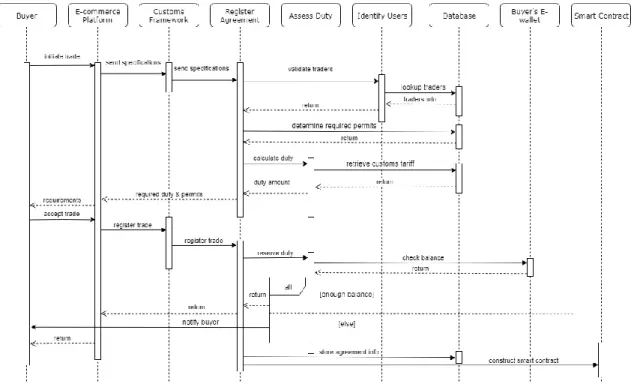
System Evaluation
- Web Application
- Workshop
- The System Usability Scale
In addition, the freight forwarder's representative can create a customs declaration through the "Create Declaration" page. This page includes all shipments pulled from the customs framework via jQuery AJAX calls. 7 I imagine most people would learn to use a customs based trade facilitation site very quickly.
10 I had to learn a lot of things before I could start using the customs based trade facilitation website. The user category with the highest acceptance from the proposed system is the customs officer.
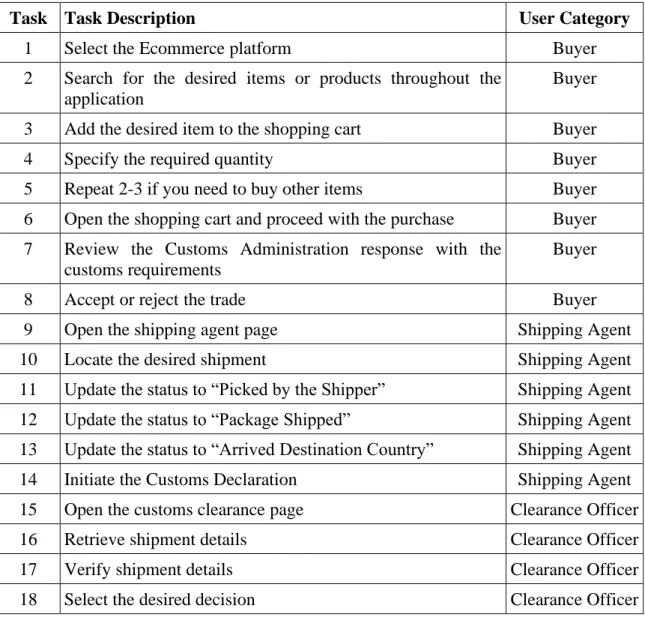
Conclusion
87 By adopting the proposed solution, the buyer will know all the requirements in advance before starting the transaction. In addition, the proposed solution allows the shipping agent's representative to execute and track all shipments in a timely manner. The requirements to simplify the trade process are being addressed to address the challenges of duty collection and refunds.
The proposed framework addresses both B2B and B2C commerce categories, where marketers can use this framework to further ensure the simplicity of hassle-free commerce. The following two chapters illustrate how data mining clustering algorithms can be used to identify risks to further support legitimate trade.
Chapter 5: Outlier Detection for Customs Post Clearance Audit Using Convex
- Methodology for Outlier Detection in Customs Post Clearance Audit
- Convex-based Approach
- Space Representation
- Convex Space Representation
- Riskiness Identification
- Experiments and Discussion of Results
- Conclusion
The points closer to the boundary of the convex space are more likely to be outliers (risky shipments). Whereas the points closer to the center of the convex space are more likely to represent safe shipments. Points closer to the center of the convex are more likely to be safe.
In the proposed approach, the removed 𝑛% of the nodes represent the boundaries of the convex space. Thus, increasing the percentage of this input parameter results in reducing the number of actual shipments used in the convex space representation.
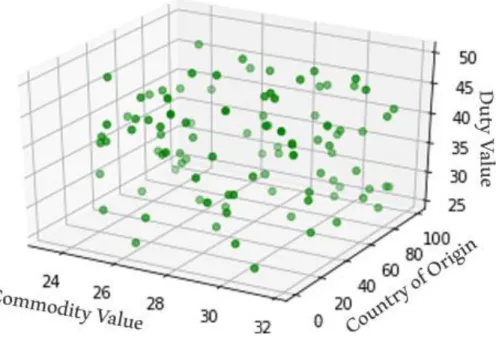
Chapter 6: Customs Valuation Assessment Using Cluster-Based Approach
- Methodology for Customs Valuation Assessment
- Cluster-based Approach
- The Distance-based Analysis Stage
- The Density-based Analysis Stage
- Experiments and Discussion of Results
- Conclusion
The main components of the proposed approach combine the LOF algorithm with the distance-based approach. If the calculated value shows a normal price, the new value status of the entered goods will be confirmed as normal. In addition, reducing this percentage will have a significant impact on the overall performance of the proposed approach.
These two stages work to catch shipment anomalies in terms of the declared value of the goods. Whereas, the second phase focuses on the density aspects of these points to confirm the result of the first phase.
Chapter 7: Conclusion
Summary of the Study
Cross-border trading parties in the supply chain have been facing an increasing number of obstacles and challenges for some time now. 123 The proposed framework is based on blockchain technology supplemented with artificial intelligence to streamline procedures and provide new opportunities for a cross-border trading community. This solution enables visibility for the full lifecycle of cross-border trade, which in turn allows the respective parties to define the right course of action.
The proposed framework will drastically reduce this ongoing cost stream and only require a one-time initial investment. The adoption of this framework will bring great benefits to the trade supply chain; attributed to accurate advance information sharing that enables parties to be proactive and provides greater insight into trading activities.
Key Findings
- RQ1: What factors will influence the adoption of Blockchain technology
- RQ3: Can clustering techniques be used to identify risks in shipments
This highlights blockchain as a promising technology in the trade supply chain that can improve global trade. In addition, blockchain technology also contributes to improving the global trade supply chain by making it more transparent. The introduction of blockchain technology into the global trade supply chain enables new levels of trust, transparency and accountability towards revolutionizing and reinventing international trade.
AQ4: Can clustering techniques be used to determine risks associated with value manipulation in the e-commerce transactions by using the proposed blockchain-based framework. Moreover, the reported achievements highlight the importance of the proposed approach compared to other studies in different domains (Almiani, Chawla.
Implications
As a principle, the protection of existing investments is the key for greater adoption, complimented by an orchestration mechanism that can deliver a holistic, efficient and effective approach in line with ISO 9241-11 requirements to tackle the complexity of the various formalities and the scope of trade to cope with global challenge. The proposed framework covers the aforementioned needs of e-commerce cross-border trade activities in an economically viable approach. The solution provides the required scalability to support the various needs of the trade supply chain by providing streamlined procedures and delivering the necessary traceability that takes competitive advantage to a whole new level.
One of the scenarios that the world has experienced that has led to some disruptions in cross-border e-commerce is the COVID-19 pandemic. One of the success factors of any blockchain implementation is that all parties involved work together to address current and future needs early and celebrate small successes during dispute resolution.
Limitations
The proposed framework shows how e-commerce will greatly reduce business disruptions and increase confidence in cross-border trade activities and maintain economic sustainability. Rules vary from industry to industry, country to country and sometimes state or city level laws and regulations. This will require the parties to agree on standards to address the binding applicable laws and regulations and the management of legal considerations, including limitations and dispute resolution, while ensuring privacy and digital identity.
Until blockchain technology reaches a higher level of maturity, concerns about the throughput of each blockchain fabric and the mechanisms used to interface with legacy systems must be withheld. Harmonizing data quality is not only critical for blockchain implementations, but also for ensuring the efficiency of subsequent data mining and risk detection algorithms and audit activities.
Scope for Further Study
Furthermore, investigating the use of other mechanisms in constructing the convex space for nodes, such as LOF, can significantly improve the performance of the proposed approach. Investigating the use of different outlier detection algorithms can significantly improve the performance of the proposed algorithm. The seller's reputation score is calculated based on the buyer's evaluations of the seller's services and products.
The feedback forum creates a reliable history of the seller based on the feedback received by customers. Most reputation systems allow users to write comments and express their opinion about the services, either positive or negative.
Concluding Note
MCCSIS'08 - IADIS multi-conference on computing and information systems; Proceedings of Informatics 2008 and Data Mining 2008, (January 2008), pp. Proceedings of the 17th ACM SIGKDD International Conference on Knowledge Discovery and Data Mining - KDD ’11. IEEE International Conference on Big Data Science and Engineering RZKPB : A fair transaction method for a privacy-preserving blockchain-based sharing economy.
2018 17th IEEE International Conference On Trust, Security And Privacy In Computing And Communications/ 12th IEEE International Conference on Big Data Science And Engineering (TrustCom/BigDataSE). Provide a centralized reputation engine for the behavior of the overseas merchants to help the buyers in the selection of the reputable sellers.
The Buyer's Document Requirements
Trade Status Verification
The Clear Goods Function
The Proposed Convex-based Algorithm
The Proposed Cluster-based Algorithm
